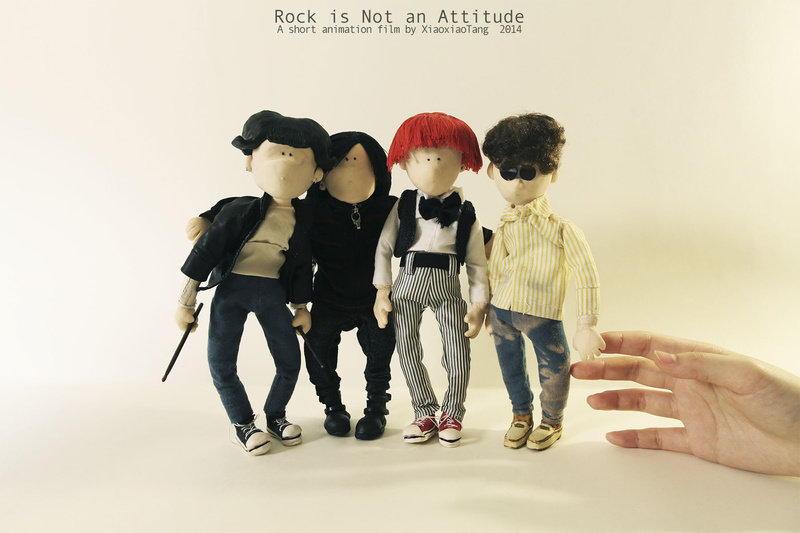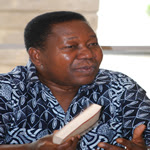ROFFEKE: In your “About Me” page on your website, it is mentioned that you teach piano and music education at middle schools, high schools and music schools. What would you say is the importance of music education in middle school and high school?
FEDERICO SANTINI: I believe that musical activity has an important contribution in strengthening cognitive, emotional, linguistic, motor and relational skills, especially in developmental age, where the brain is still in the training phase. This is why I believe music education in schools is important. During the musician's activity, many brain areas are involved, from the auditory to the visual, from the motor to the language. The musician has to coordinate the movement quickly on the basis of what he finds written in the score. Furthermore, in addition to listening to his own playing, he must pay attention in real time to what others are playing, in order to play in time, to establish a joint interpretation of phrasing, etc.
Neuroscientists who have conducted studies on the subject, claim that musicians' brain connections are particularly developed as different brain areas are mobilized which must process stimuli of different nature. In addition, these stimuli and actions also involve the two different hemispheres of the brain, thus strengthening the corpus callosum which acts as a connection. Furthermore, the music, by involving the emotional sphere of the individual, especially at an age where this is not yet fully mature, guides him to greater awareness and maturation of the same. In the school program I often also include the topic of music used for advertising purposes. The advertising message, packaged in such a way as to appeal to emotional involvement, generally sees the youngest people as the most vulnerable because they still lack defense tools, so I try to explain some of the mechanisms to them, especially from the point of view of the advertising jingle.
Music is also often recognized as having a social and aggregative role. In fact, I have participated in several projects whose main objectives include not so much the students' musical performance but socialization and integration in areas and situations of social hardship. Music urges us to listen to others in order to work in unison and each member of the group or orchestra is important, each one with their part. In essence, I believe that musical activity within schools includes various aspects and substantially integrates the individual's education.
ROFFEKE: You have composed soundtracks for theatrical performances, advertisements, festivals, video games and short films like “Quest for Feilong” (song: Boysong). What elements of composing remain the same across all these different types of media and what elements differ, for example, differences between composing for a video game and composing for a short film?
FEDERICO: I think that the basis for all composition activity should be a systematic and in-depth study of harmony and composition in general. I think training based on classical principles is indispensable, but for a wider view I believe we need to grasp the harmonic principles linked to different techniques and deepen into the specific languages of many genres. In general, the different techniques of composition learned have served me for all kinds of composition.
The main differences, however, regarding music for video games compared to that of short films concern the interaction on the part of the player. When I write for short films (whether animated or live action) I have the precise timing of the scene and I can work on the synchronization between music and images. This happens both if the complete film is already provided to me and if I work with the animatic. In a video game, however, I have to predict the player's possible actions during the composition phase and make sure that the music can adapt accordingly. This can be done in a more or less complex way. A very simple example (but in my opinion not always effective) is the crossfade: one music fades out while the other is fading in. A more complex technique is to create a bridge between two different pieces of music. It is a harder task where several points must be foreseen in which the first music can transition to a short jingle that connects to the second music. Another method is to create a soundtrack with different rhythms and then move from a quieter mood to a brighter one.
Another substantial difference is the length of time the soundtrack is listened to. While a film generally lasts from an hour and a half to three hours, a video game can be played for more than 80 hours and the risk of monotony is very high . To overcome this, there will have to be moments where the music must remain as a constant background and then rise in the salient moments where it becomes more relevant.
ROFFEKE: Boysong is from the short film Quest for Feilong: “…created to promote integration in Prato where a strong presence of the immigration phenomenon takes place. Students of different ethnic groups participated, together with their teachers, in the making of the film, which touches on the issue of migration/integration.” Apart from this project “Quest for Feilong” and you teaching music abroad, how else has your musical journey helped you to interact with people from different communities and cultures?
FEDERICO: I went to a conference in Pakistan a couple of months ago to talk about music in education and I had the opportunity to meet colleagues teachers and musicians with whom we exchanged ideas, ways of working and organizing school. Musical activity also allowed me to play with people from different cultures. For a few years, for example, I have been playing in a duo with a Chinese harpist who in the meantime has also become a dear friend. I had the opportunity to collaborate with directors from countries other than mine or to play during exhibitions with artists of different nationalities.
(Look out for Part 2 of the interview).

































































































































































































No comments:
Post a Comment